
Finland competed at the Summer Olympic Games for the first time at the 1908 Summer Olympics in London, United Kingdom. The Grand Duchy of Finland was part of the Russian Empire at the time, but Finland had become a sovereign member of the International Olympic Committee in 1907.
Ragnar Olof Jakob Stenberg was a Finnish sprinter and a sports leader.
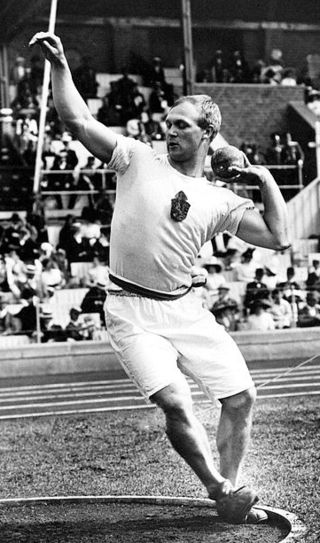
Elmer Konstantin Niklander was a Finnish athlete who competed in throwing events, winning the gold medal in the 1920 discus throw and three other Olympic medals and 44 Finnish championships.

Matti Kalervo Sippala was a Finnish athlete. His main event was the javelin throw, in which he won the silver medal at both the 1932 Summer Olympics and the 1934 European Championships, but he was also a good pentathlete, breaking the unofficial world record in 1931.

Heikki Heikinpoika Lehmusto was a Finnish sports leader and a sportswriter, who won bronze in the 1908 Summer Olympics.

Sulo Arvi Pohjanpää was a Finnish Olympic gymnast, judge and writer.
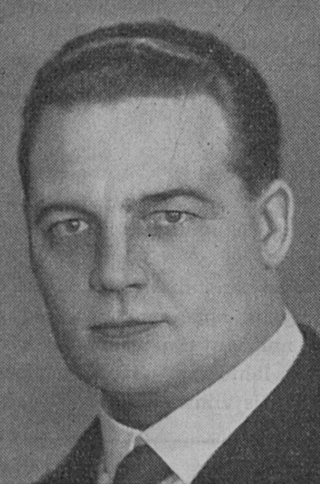
Viktor Reinhold Smeds was a Finnish sportsleader and a boxer, who also won an Olympic bronze in gymnastics.
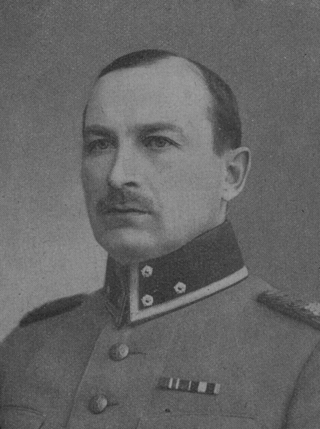
Väinö Edward Tiiri was a Finnish gymnast who won two Olympic medals.

Yrjö Erik Mikael Saarela was a Finnish wrestler, who won an Olympic gold and a world championship.
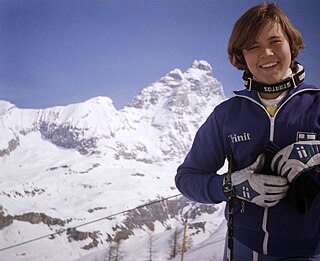
Sara Kristiina Mustonen was a Finnish alpine skier. She is the youngest skier ever to win the Finnish alpine ski championship with her gold medal in the women's slalom in 1977 when she was only 14 years old.
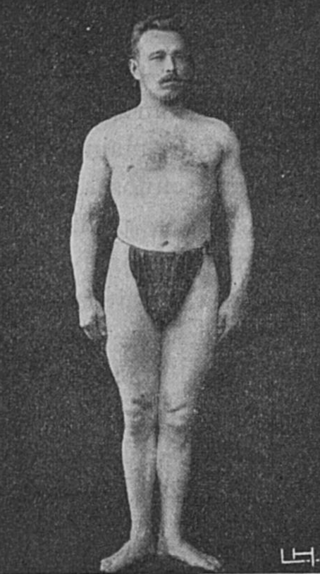
Jarl Gustaf Anian Jakobsson was a Finnish track and field athlete who competed in the 1908 Summer Olympics.

Toivo Nestori Aro was a Finnish sportsleader and an aquatics athlete, who won 10 Finnish championships.

Roger Rochard was a French long-distance runner. He was the first French track and field athlete to become a European champion, winning the 5000 metres race at the 1934 European Athletics Championships in Turin, Italy.
Erwin Wegner was a German athlete, born in Stettin. Wegner won the silver medal at the 1934 European Championships in the 110 metres hurdles and competed in the Olympic Games as both a hurdler and a decathlete.

Bengt Olof Albert "Benkku" Sjöstedt was a Finnish hurdler. He equalled the world record for 110 m hurdles in 1931 and competed at the 1928 and 1932 Summer Olympics.

Eric Verner Wennström was a Swedish hurdler. He held the 110 m hurdles world record from 1929 to 1934 and competed in the 1928 Summer Olympics.
István Donogán was a Hungarian discus thrower. He competed in the Summer Olympic Games in 1928 and 1932 and was third at the European Championships in 1934.

Väinö Jeremias Sipilä was a Finnish long-distance runner. Sipilä competed in the 1924 and 1928 Summer Olympics, placing fourth in the 10,000 metres and being part of Finland's winning cross-country team in the 1924 Games. He held world records at the unusual distances of 20,000 metres and 30,000 metres for several years.
Frank Norris Conner was an American hammer thrower who competed in the 1928 Summer Olympics and the 1932 Summer Olympics.















